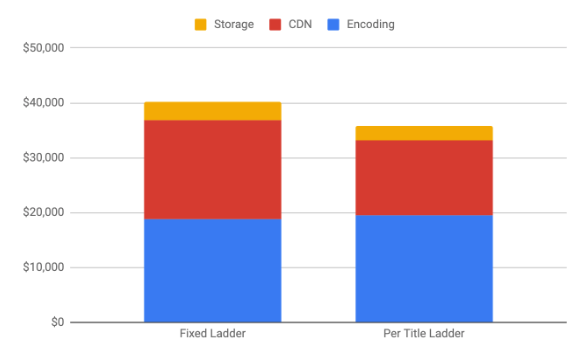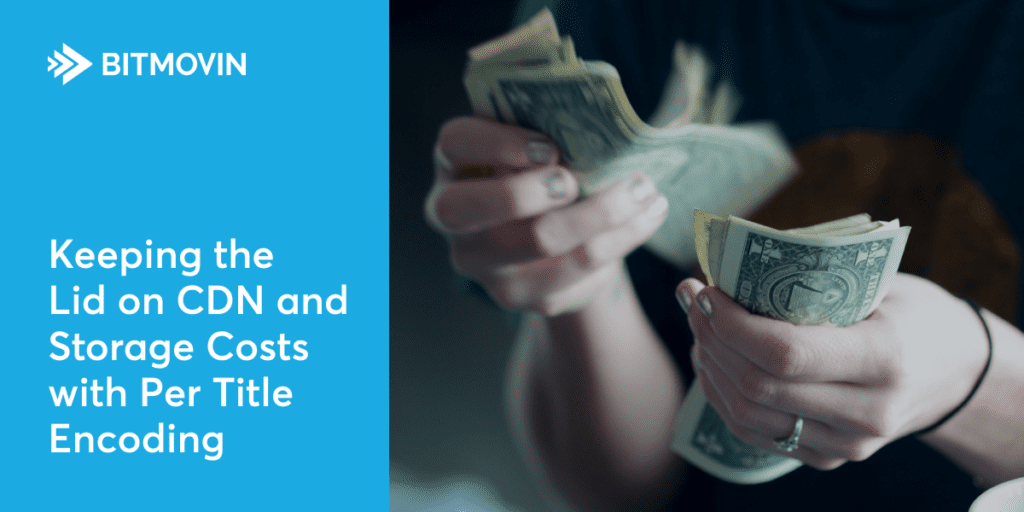
Most media business professionals are naturally attracted to the idea of utilizing consumers’ ever-increasing data bandwidth, be it on home WiFi, cellular data, or other means of streaming video to the increasing array of consumer devices. Although that “last mile” part costs the content rights holder “nothing”, delivering a video streaming service worth paying for means investing in areas that ensure your service is competitive. And competitive in a fast-maturing sector that is increasingly dominated by fewer, large players with deep pockets.
Delivering solid video quality is an integral part of a competitive streaming service, especially as more online video is being viewed on the large TV screen through devices like Roku, Apple TV and integrated smart TV’s. In many cases, those seem like mutually exclusive goals – maximizing video quality, while also containing your streaming and storage costs.
Two words represent a key tool in solving this riddle: bitrate ladder. And two more words describing them: per title. “Per title bitrate ladder.”
The “bitrate ladder” represents the set of encodes for each VOD asset that acts as foundation for adaptive bitrate switching in modern online video playback, typically using the two key protocols: HLS and MPEG-DASH. Bitrate ladders are created by encoders for both live/linear services, as well as video on demand. Historically, bitrate ladders were created generically for the full VOD library, which had the benefit of operational simplicity, but typically left quality on the table for complex video assets like sports or action genres, or inflated file sizes which led to inflated costs and waste for simpler content like animation or talking heads and dramas. (Test your bitrate ladder)
With the three main delivery cost elements represented by encoding, content delivery networks (CDN), and storage, here’s an example of the benefit of per-title encoding (What is per-title Encoding?) using typical VOD library and streaming volume assumptions:

Over 10% total monthly savings can be achieved, despite a slight increase in encoding costs attributed to per-title encoding. That represents 10’s of thousands of dollars saved annually, with the additional significant advantage of higher video quality for high complexity VOD titles, boosting the competitiveness of your offering regardless of which device plays back the video title.
To get a better understanding of your savings, you’d want to break down the specifics of your CDN costs, the mix of content types and genres in your library, as well as the size and consumption habits of your viewing audience. Check out the full “Per-Title Encoding and Total Cost of Ownership” white paper here to gain a better understanding of the analysis performed, approximating your operating environment.


Want to see what a specific video asset that you have would look like when encoded using per-title encoding? Experience Per Title Encoding here for yourself using the Per Ladder Benchmark Tool.
Are you looking for more information on our solutions and how your own VOD library could benefit with per-title encoding? Get in touch with our experts!
VidTech
How to build a Profitable VOD Service – Keeping the Lid on CDN and Storage Costs with Per Title Encoding
. 2 min read




